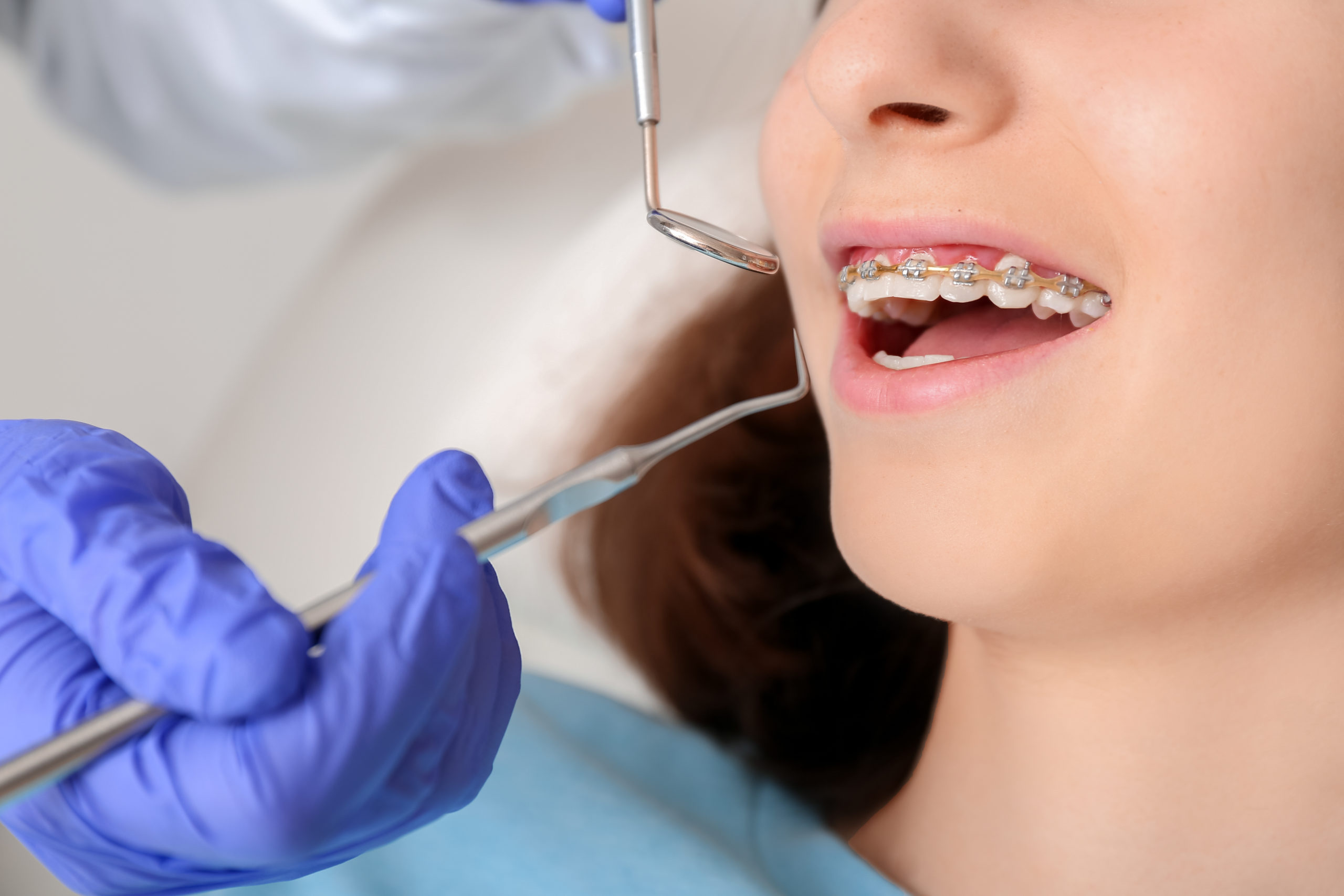Comprehensive Guide to Orthodontics Procedures for Correcting Oral Imbalances
Recognizing the intricacies of each procedure, including their mechanisms, advantages, and possible drawbacks, is crucial in making notified choices concerning one's orthodontic therapy. As we browse through the thorough guide to orthodontic treatments for dealing with oral misalignments, the intricate details of each approach will certainly unravel, dropping light on the course towards a functional and unified oral placement.
Orthodontic Procedures Review

Regular adjustments and monitoring are essential parts of orthodontic treatment to ensure development is on track and to make any type of needed adjustments along the way. By undergoing orthodontic procedures, individuals can not just achieve a straighter grin but additionally enhance their overall dental health and wellness and feature.
Conventional Braces: How They Work
When considering orthodontic therapies for oral imbalances, traditional dental braces stand out as a tried and true method for fixing teeth placing. Traditional braces are composed of brackets, wires, and bands that function together to use continual pressure on the teeth, gradually relocating them into the desired placement.
One key aspect of how traditional braces work is the procedure of bone renovation. As stress is applied to the teeth through the braces, the bone bordering the teeth is reshaped to support the brand-new tooth placements. This renovation is essential for the long-term security of the dealt with placement. Clients will need regular changes at the orthodontist's workplace to make sure the braces proceed to apply the appropriate pressure for efficient teeth movement.
Invisible Aligners: Cons and pros
Invisible aligners use a very discreet and practical choice to typical braces for dealing with oral misalignments. These clear, custom-made trays are practically invisible when put on, making them an appealing choice for people seeking an extra visually pleasing orthodontic treatment. One of the main advantages of unnoticeable aligners is their removability, permitting simpler maintenance of oral hygiene contrasted to traditional braces. Clients can remove the aligners before consuming or cleaning their teeth, decreasing the danger of food getting embeded the appliance and simplifying the cleaning procedure.

Surgical Orthodontic Options
Surgical interventions in orthodontics present feasible options for dealing with complicated oral misalignments that may not be effectively resolved with standard orthodontic treatments. While pop over to this site traditional braces and invisible aligners can deal with numerous orthodontic issues, specific cases need surgical intervention to attain optimum outcomes. Surgical orthodontic options are normally advised for serious malocclusions, substantial jaw discrepancies, and situations where the underlying bone structure needs modification to accomplish proper placement.
One common surgical orthodontic treatment is orthognathic surgical treatment, which involves rearranging the jaws to remedy practical issues such as difficulty talking or eating. This surgical treatment is frequently done in partnership with an orthodontist that aids align the teeth prior to and after the procedure. Surgical orthodontics might likewise entail treatments to reveal influenced teeth, eliminate excess gum cells, or improve the jawbone to create a much more harmonious facial account.
Prior to thinking about surgical orthodontic choices, individuals undertake an extensive evaluation to establish the need and prospective benefits of such treatments. orthodontist. While surgical treatment might seem complicated, it can substantially boost both the function and appearances of the smile in situations where standard orthodontic treatments fail
Retainers and Post-Treatment Care

Post-treatment treatment involves adhering to the orthodontist's directions carefully. This may consist of appropriate oral hygiene techniques, going to follow-up appointments, and using the retainers as recommended. Failing to adhere to post-treatment care instructions can cause regression, where the teeth gradually relocate back in the direction of their initial positions. Consistent retainer wear, excellent dental hygiene, and routine dental examinations are necessary you can try this out for keeping the results accomplished via orthodontic surgical treatment and making sure the lasting stability of the fixed dental alignment.
Conclusion
In final thought, orthodontic treatments offer various options for dealing with dental imbalances. Traditional dental braces make use of steel brackets and wires to shift teeth into correct positioning. Unnoticeable aligners supply a more discreet alternative however may not be suitable for all situations. Surgical orthodontic options are readily available for much more serious imbalances. Retainers are frequently utilized post-treatment to maintain the brand-new positioning. Generally, orthodontic procedures can successfully improve oral health and visual look.
As we browse through the detailed guide to orthodontic procedures for correcting dental misalignments, the intricate details of each method will unfold, shedding light on the course towards a useful and unified dental placement. - cumming invisalign
One of the most common orthodontic treatments is the usage of dental braces, which are composed of metal braces and cords that use mild pressure to slowly change teeth right into the wanted setting.When thinking about orthodontic therapies for dental misalignments, typical dental braces stand out as a time-tested technique for correcting teeth placing. Additionally, unseen aligners might not be suitable for complex orthodontic problems that need even more significant teeth motion, as they are commonly advised for light to modest situations. Retainers are customized orthodontic devices developed to hold teeth in their dealt with positions after the completion of orthodontic therapy.